What Type Of Government Does China Have?
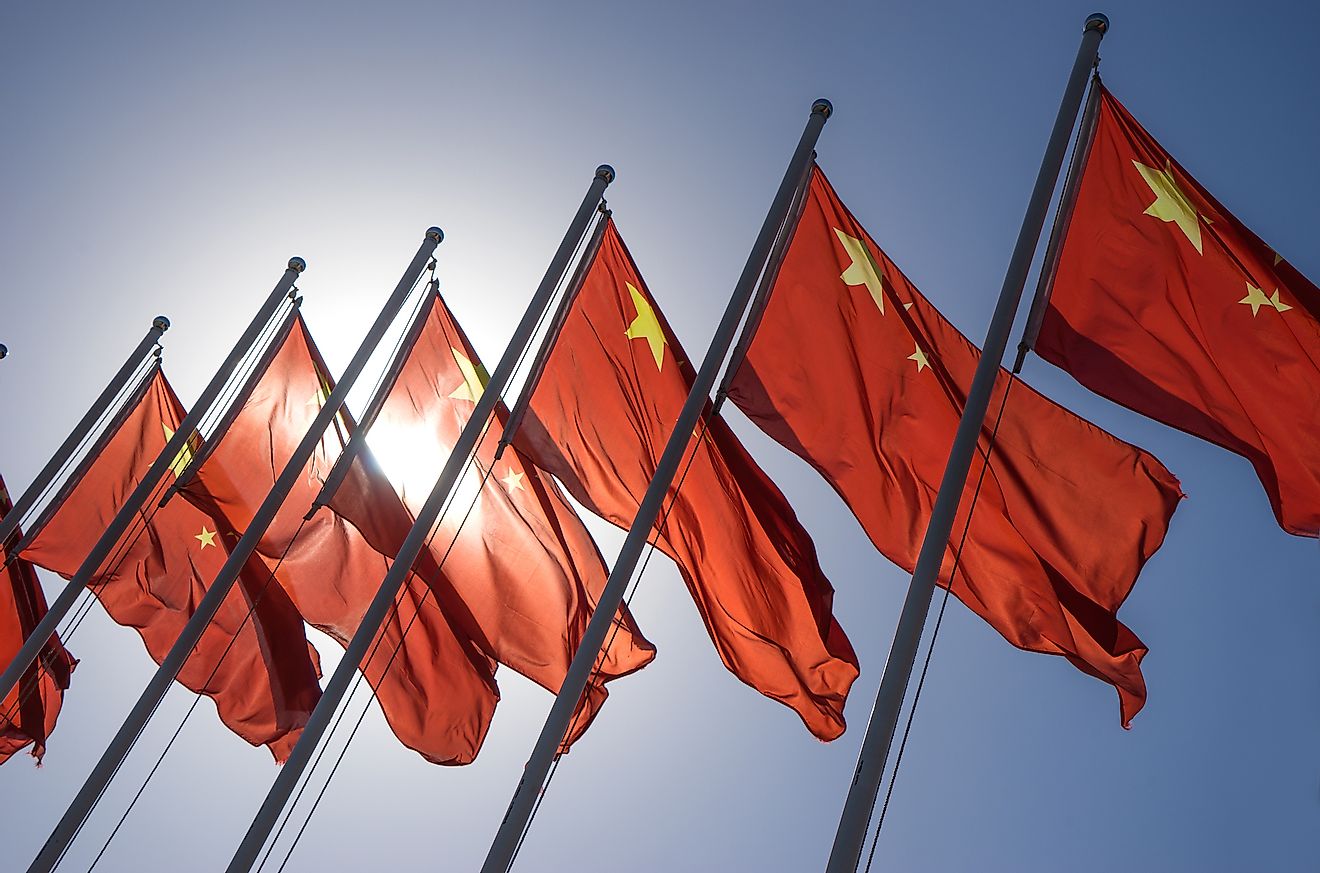
- China's government is regarded as a one-party communist dictatorship, in which the Communist Party of China has a monopoly on power.
- The Communist Party of China has approximately 90 million members.
- China does have other, smaller political parties, but they are all affiliated with the Communist Party.
- China is divided into 22 provinces, 5 autonomous regions, and 4 municipalities under the direct control of the central government.
China, formally The People’s Republic of China, is regarded as a one-party communist dictatorship, in which the Communist Party of China (CPC) holds a monopoly on power. The CPC has held power in China since 1949, after defeating its nationalist rivals in a civil war. In theory, political power in China is solely in the hands of the masses. In fact, according to the Chinese government, China is a multiparty, democratic state. In practice, however, a multiparty democracy does not exist.
China somewhat conveys the image of a functioning democracy. It has a legislature and executive that are theoretically accountable to China’s citizens. In reality, however, the real power in China’s government does not stem from the people, but from the CPC. Hence, the leaders of the CPC are also the leaders of the country.
The Communist Party of China (CPC)
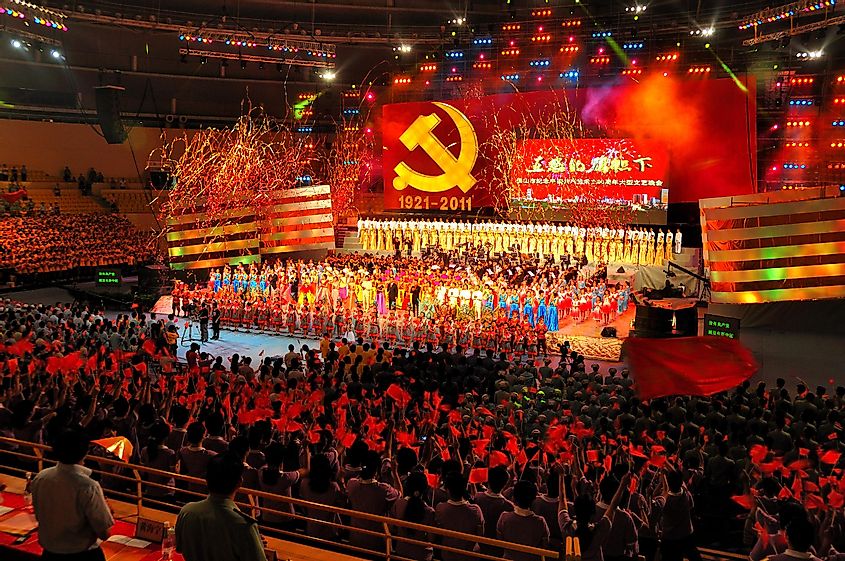
The Communist Party of China is the ultimate authority in the country. The CPC has approximately 90 million members, making up about 6% of the country’s population. Membership in the CPC is the ticket to career advancement in China. The party was founded in 1921, based on the principles of Marxist-Leninism. In 1949, they defeated their rivals, the nationalist Kuomintang, and proclaimed the establishment of the People’s Republic of China.
The CPC has a pyramid-like structure that resembles other communist parties in the world. Every five years, the CPC’s National People’s Congress meets. This is where major policies are formulated, and where the party chooses a Central Committee consisting of 370 members. These members, in turn, elect the 25-member Politburo. The Politburo then chooses its Standing Committee, which is headed by the most powerful person in the CPC, the General Secretary. Currently, the Politburo Standing Committee has seven members, though it has had more or less in the past. The current General Secretary is Xi Jinping, who also serves as China’s President. In effect, he is the most powerful person in China today.
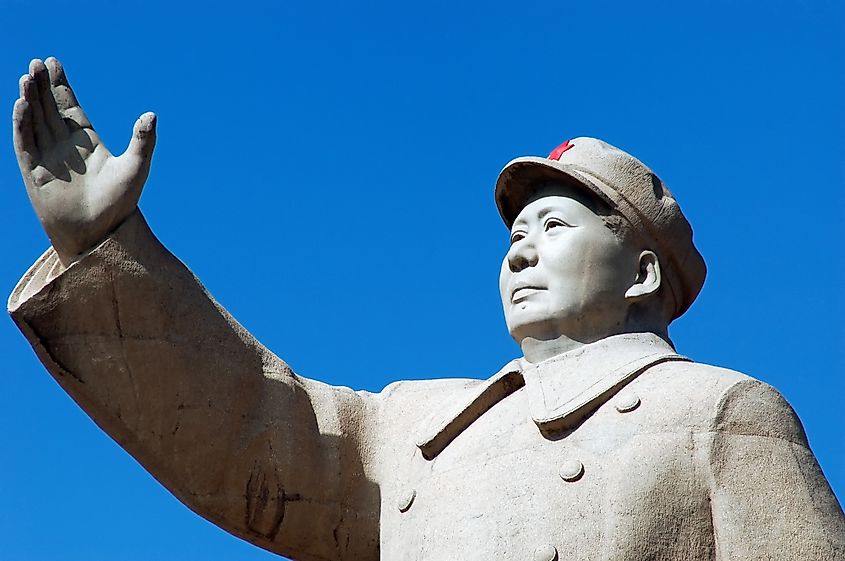
Succession and transfer of power in the CPC normally occurs through closed-door negotiations. Some believe that there are two factions of sorts in the CPC. One is made up of the children of high-level leaders, while the other, known as the tuanpai, are more rank-and-file members; people who worked their way up through the organs of the CPC’s hierarchy, such as the Communist Youth League. Others, however, believe that the CPC is more complex and involves battles between various factions and allegiances.
In theory, China does have other, non-communist political parties. China’s Ministry of Foreign Affairs points out that members of these parties are elected to what are known as people’s congresses, and are also active participants in the supposedly important Chinese People’s Political Consultative Conference (CPPCC). The reality, however, is that the people’s congresses are merely organs of the CPC, just like any other sanctioned political body in the country. Moreover, the CPPCC, which is an annual meeting of members of both the CPC and non-communist parties, does not actually participate in policy making, though being an attendee of the event carries prestige. Plus, inasmuch as there are non-communist attendees, the CPPCC takes place under the leadership of the CPC.
China’s Government Apparatus
The elite of the CPC are also the ones to hold important positions in China’s government apparatus. Like most governments around the world, China’s government includes executive, legislative, and judicial branches, all of which answer to the CPC’s Politburo. The executive includes the President of China, who is the country’s head of state. As previously mentioned, Xi Jingping is the country’s current president, though his power does not come from the office of the presidency, but from being the General Secretary of the CPC. He selects the premier of China, who heads the State Council, which acts as the country’s cabinet.
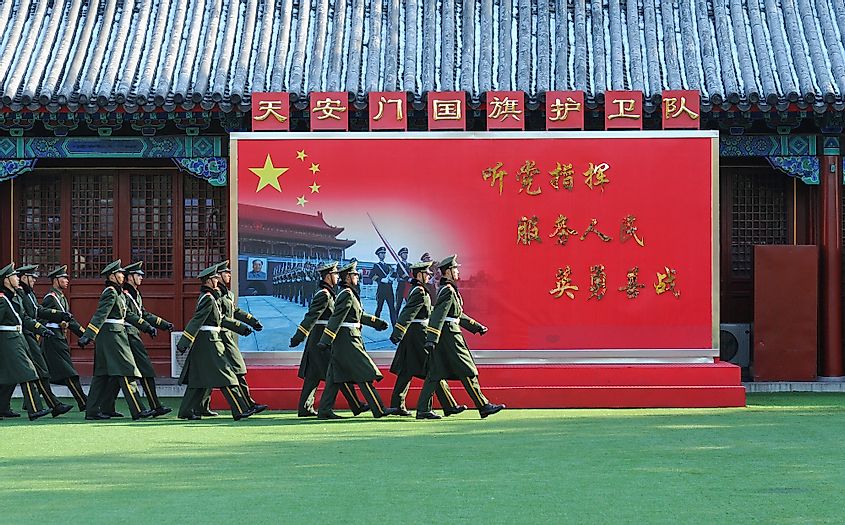
The State Council is responsible for ensuring the implementation of CPC policies from the national level all the way to the local level. Its members include China’s premier, four vice premiers, several officials known as state councillors, ministers in charge of various ministries and commissions, the auditor-general, and the Secretary General.
In theory, the State Council is responsible to China’s legislative branch, known as the National People’s Congress (NPC). In practice, however, this is not the case. The NPC is composed of nearly three thousand delegates, making it the largest parliament in the world. These delegates are elected by China’s provinces, autonomous regions, and municipalities. There are also delegates from the country’s military. The delegates are elected to five year terms. Though the NPC is meant to be the most powerful political body in China, according to the country’s constitution, it is little more than a rubber stamp. The full congress meets only once a year, and is simply expected to give a stamp of approval to the legislation put before them by the State Council.
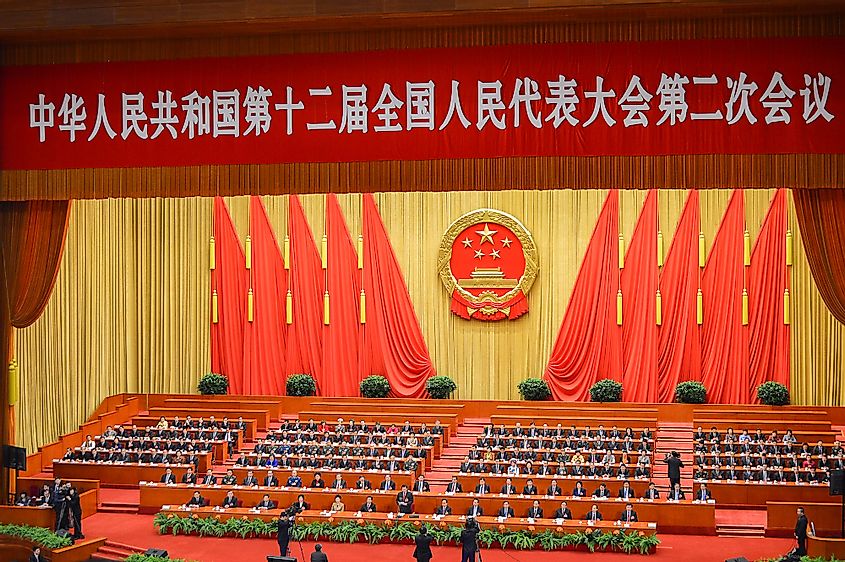
The Central Committee of the Communist Party of China, top leadership of the Communist Party of China at a session in the Great Hall of the People, Beijing. Editorial credit: Mirko Kuzmanovic / shutterstock.com
Another important organ of China’s government is the Central Military Commission (CMC). It is a panel made up of 12 members, who have the final say on all matters related to China’s armed forces, known as the People’s Liberation Army. There are actually two CMCs, one being a state institution and the other being an organ of the CPC, but both have identical memberships. In addition to being the head of the CPC and the President of China, Xi Jinping is also the chair of the CMC, which controls the largest military force in the world, consisting of approximately 2.5 million personnel.
Administrative Divisions In China
China’s central government delegates some administrative functions to smaller territorial jurisdictions, using a three-level system that divides the country into provinces, counties, and townships. The country has 22 provinces, 5 autonomous regions, and 4 municipalities under the direct control of the central government. Each of these units has its own People’s Congress, which elects its own government for terms between three and five years.
None of these jurisdictions, however, have specific powers delegated to them in a way similar to countries with federal systems of government, such as the United States and Canada. In theory, the 5 autonomous regions created for China’s ethnic minorities are supposed to have more control over their own affairs, but critics of the Chinese government claim that this is not the case in reality. Furthermore, as is the case in the central government, ultimate control of policy in China’s smaller administrative units lies in the hands of the CPC.
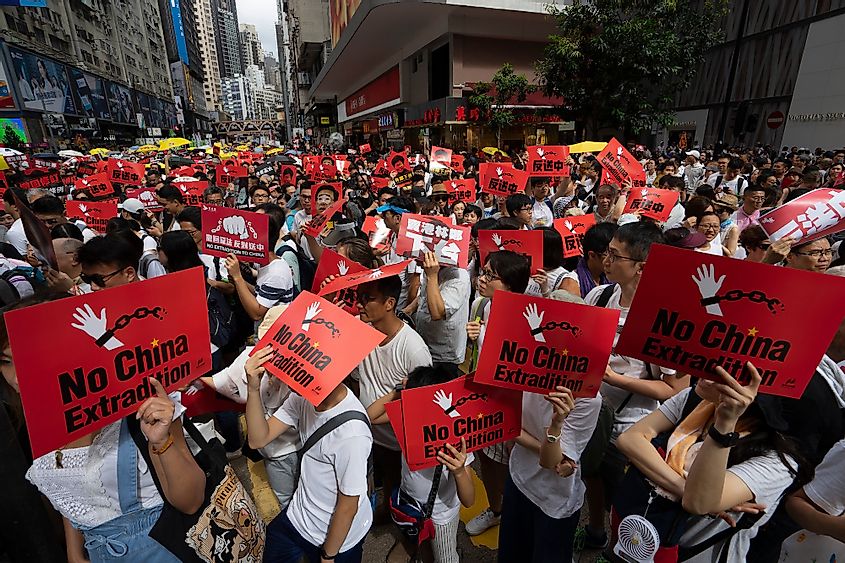
The only parts of China not subject to the CPC’s monopoly on power are the country’s Special Administrative Regions (SARs), Hong Kong and Macau, which were returned to China by their former European colonizers in 1997 and 1999 respectively. Under the arrangement of “one country, two systems”, these two SARs were given a wide degree of autonomy. In recent years, however, China’s central government has exerted more control over the SARs, especially Hong Kong.
Communist In Name Only?
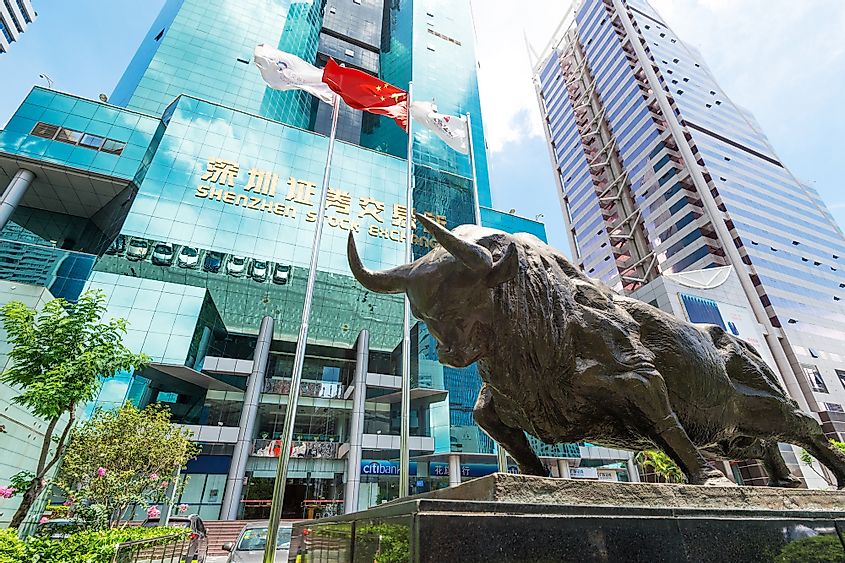
Today’s Communist Party of China is not the same party that created the People’s Republic of China back in 1949. As China has gradually embraced free market capitalism since the late 1970s, the CPC has all but shed the Marxist-Leninist ideology that it was founded upon. Today’s CPC is more nationalist than communist, which is ironic as it was nationalists that they defeated to gain power.







